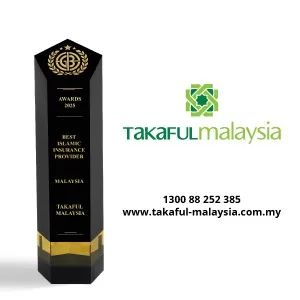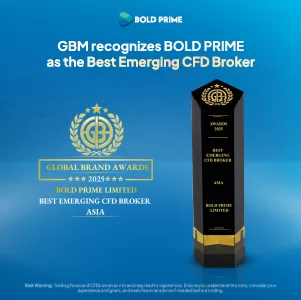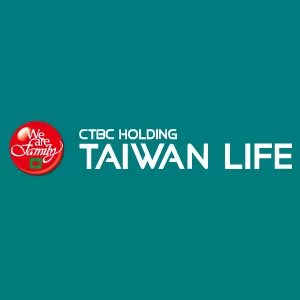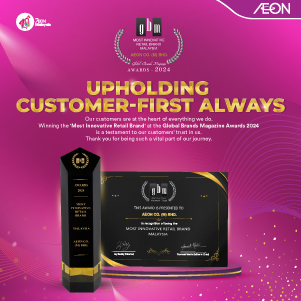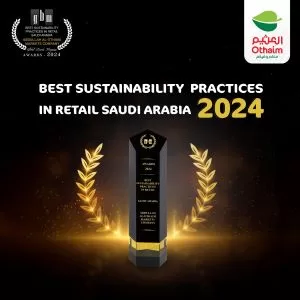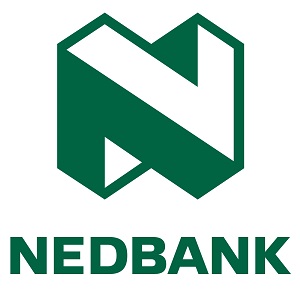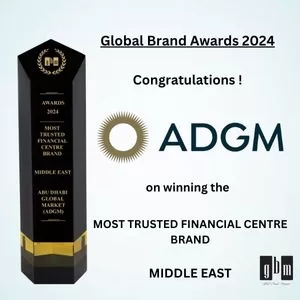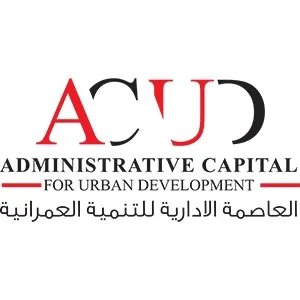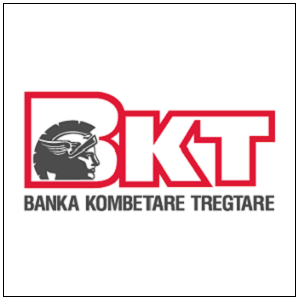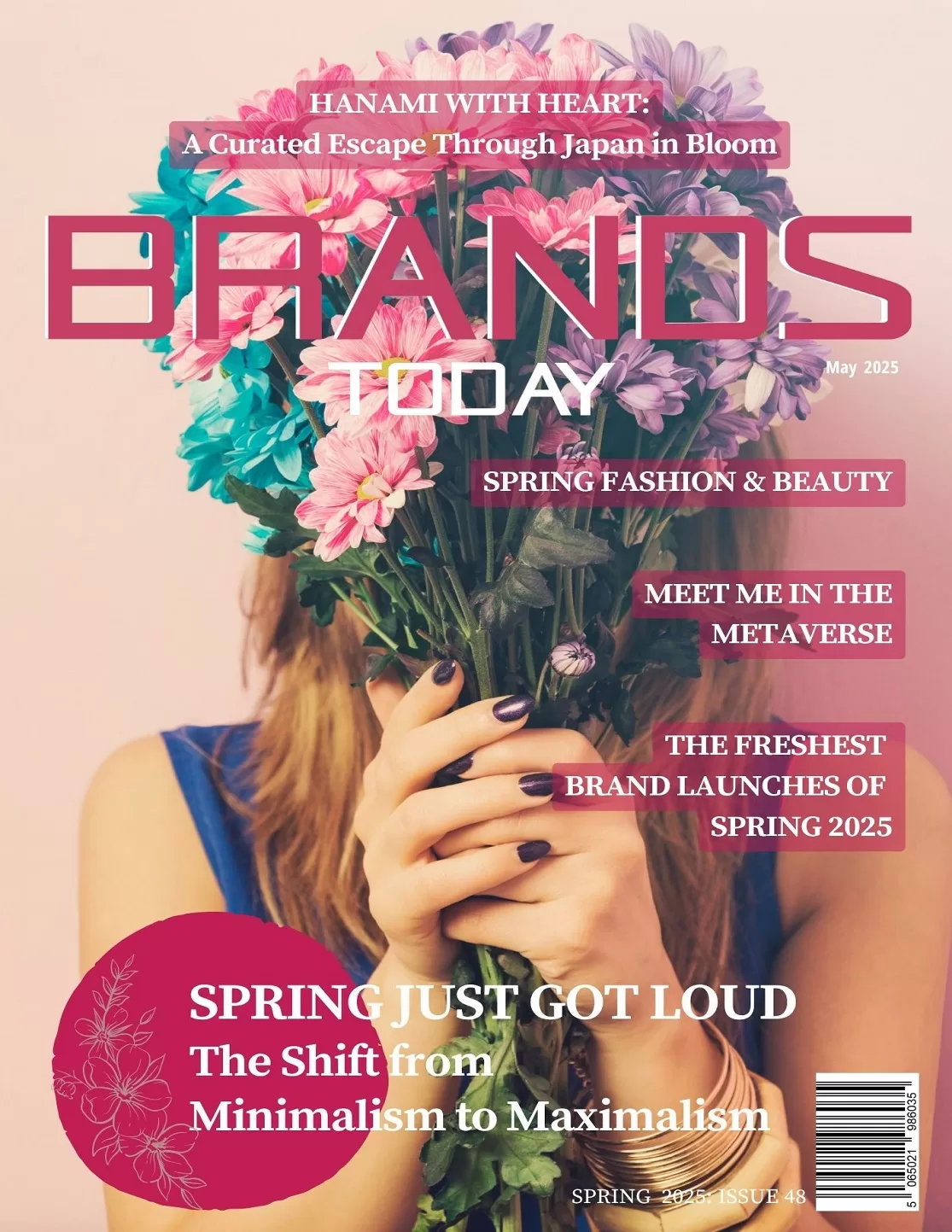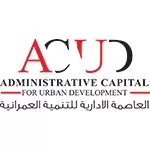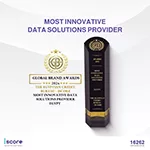Lifestyle
De Beers in Crisis? The Future of Diamonds in a Lab-Grown World
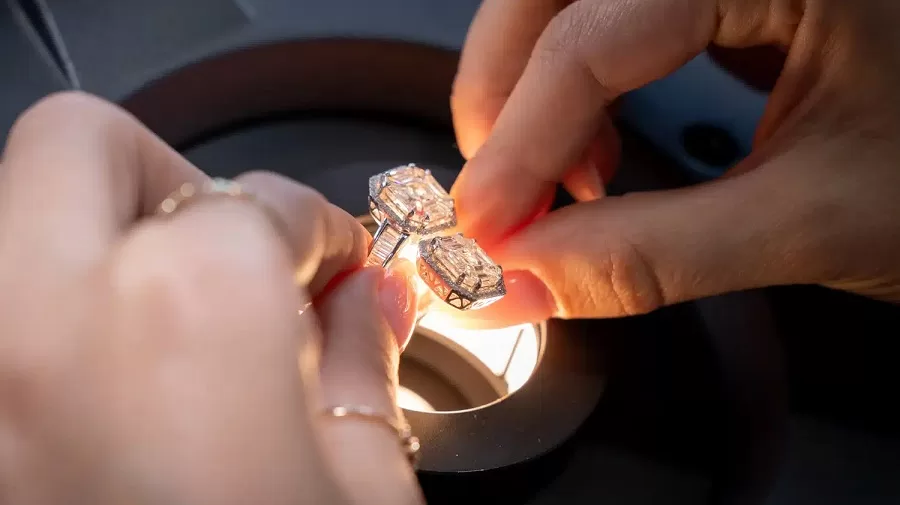
- Market prices for diamonds, natural as well as synthetic, have plummeted precipitously with changing consumer perceptions and the very quick upward scalability of the synthetic alternatives.
- A few major firms like De Beers, Pandora, and Signet are rethinking their branding exercise, pricing strategy, and sourcing policy to stay relevant in a quickly maturing field.
Are diamonds still a luxury?
Diamonds have always been one of the few universal symbols of wealth, commitment, and prestige; however, this traditional allure has lately started fading under the pressure of cost, transparency, and generational shifts in value. If you happen to be a brand in the luxury jewellery space, the floor is swiftly crumbling away from under your business setup.
According to leading data from Edahn Golan Diamond Research & Data, the average retail price for a one-carat lab-grown diamond has fallen by almost 86% since 2016 and is around $745 at present. In contrast, during the same period, natural mined diamonds saw their prices reduce by approximately 40%, with the present average price settled around $3,925. This decline is part of a broader trend indicating weakening demand for mined stones and increasing market share for synthetics.
Lab-grown diamonds now make up more than 20% of global diamond jewellery sales, a sharp increase from under 1% in 2016. More than 50% of all engagement rings sold in the U.S. will have lab-grown diamonds by the year 2024. This data reflects how quickly consumer acceptance of alternatives has accelerated, prompting the legacy brands into new strategic adjustments.
Strategic response from De Beers and other legacy players
De Beers, one of the most influential names in the history of diamonds, is working on the shifting market in part through retreat and in part through investment. The company recently announced that it intends to close its lab-grown diamond brand Lightbox, which it had launched in 2018, due to renewed attention given to extolling the uniqueness and prestige of mined diamonds. Initially, Lightbox had been positioned as a solution for younger, price-sensitive consumers; now its closure is a clear event about the return to De Beers’ messaging proper.
In 2024, De Beers increased its global advertising budget by more than 25% and works with its retail partners like Signet as well as government stakeholders such as Botswana in reaffirming the authenticity and geopolitical relevance of mined stones, which is to emphasise that natural diamonds are durable assets and not merely a passing trend.
The company also introduced DiamondProof, a verification device that enables retail staff to differentiate synthetic from natural stones using fluorescence. This investment in authentication technology is designed to restore consumer confidence in a market where visual parity between lab-grown and mined diamonds can be confusing.
Interpreting the data: What’s driving the shift?
As prices drop, younger consumers—especially those in the millennial and Gen Z demographics—are gravitating toward size, visual appeal, and ethical considerations rather than origin. These buyers are more likely to prioritise cost transparency and environmental impact over traditional perceptions of rarity.
Retailers are evolving with this trend. Walmart has reported substantial growth in lab-grown diamond sales, reflecting increased demand in the mass-market segment. Signet, the world’s largest diamond jewellery retailer, has embraced lab-grown options for fashion-focused collections while continuing to feature natural diamonds in bridal and ceremonial lines.
Some jewellers have taken steps to promote transparency by including disclaimers with lab-grown purchases, noting that synthetic stones may have limited resale value. This strategy aligns with the expectations of younger consumers, who tend to value full disclosure over legacy assumptions.
Brand strategy in a changed landscape
For brands operating in the luxury jewellery sector, the pressing question is how to respond to these structural changes in the market. The answer lies in brand positioning, consumer trust, and product strategy.
Clarify your proposition
Luxury brands must define what they are offering their customers—whether it is exclusivity, sustainability, heritage, or value. De Beers continues to emphasise scarcity and provenance, while Pandora has embraced synthetic diamonds, leaning into affordability and environmental credentials.
Invest in consumer trust.
The presence of synthetic options in the market has made verification tools critical. Devices like DiamondProof help bolster customer confidence and reinforce authenticity. For global brands, trust is no longer assumed—it must be earned.
Equip your teams
Brands must ensure their teams are educated to articulate the distinct differences between synthetic and natural stones. While Signet has invested significantly in training programmes, the broader principle is that front-line staff should be empowered to guide customer decisions with clarity and accuracy.
Segment your offerings
The market is dividing into categories. Natural diamonds continue to dominate the engagement ring segment, while lab-grown alternatives are becoming popular in the fashion and everyday jewellery categories. Brands that separate and communicate these offerings can cater to multiple consumer segments without diluting their identity.
Revise your sourcing strategies.
Diversification in sourcing is becoming essential. Brands are increasingly pursuing dual strategies that combine both natural and synthetic options. Long-term supply agreements, such as De Beers’ deal with Botswana extending through 2050, reflect the growing need for stability in the mined segment.
Questions worth asking
- What does “luxury” mean to your customers today?
- How much are your buyers willing to pay for provenance?
- Could your brand ethos support both mined and lab-grown lines?
- Are you prepared to shift pricing models as the competitive landscape evolves?
Navigating the next chapter: A strategic framework
|
Step |
Recommended Action |
Expected Outcome |
|
1 |
Conduct a brand audit |
Align offerings with consumer values |
|
2 |
Define a product segmentation strategy |
Clarify customer targeting |
|
3 |
Invest in technology and verification tools |
Enhance transparency and trust |
|
4 |
Train frontline staff extensively |
Improve conversion and customer satisfaction |
|
5 |
Monitor global diamond pricing monthly |
Ensure agile pricing decisions |
A well-rounded outlook
The global diamond market is at a crossroads, where traditional value propositions are being tested by rapid innovation and shifting consumer expectations. While natural diamonds retain emotional and symbolic value, they are no longer the unchallenged standard of luxury. Lab-grown diamonds, once peripheral, have entered the mainstream by offering affordability, scalability, and ethical appeal.
For brands with deep roots in mined diamonds, the way forward is not necessarily to compete on price but to reinforce legacy, heritage, and authenticity. For newer and more adaptable players, the opportunity lies in democratising luxury without compromising on design or impact.
Success in this new era depends on the clarity of the message, flexibility of offering, and the ability to connect with a more informed and selective global audience.











